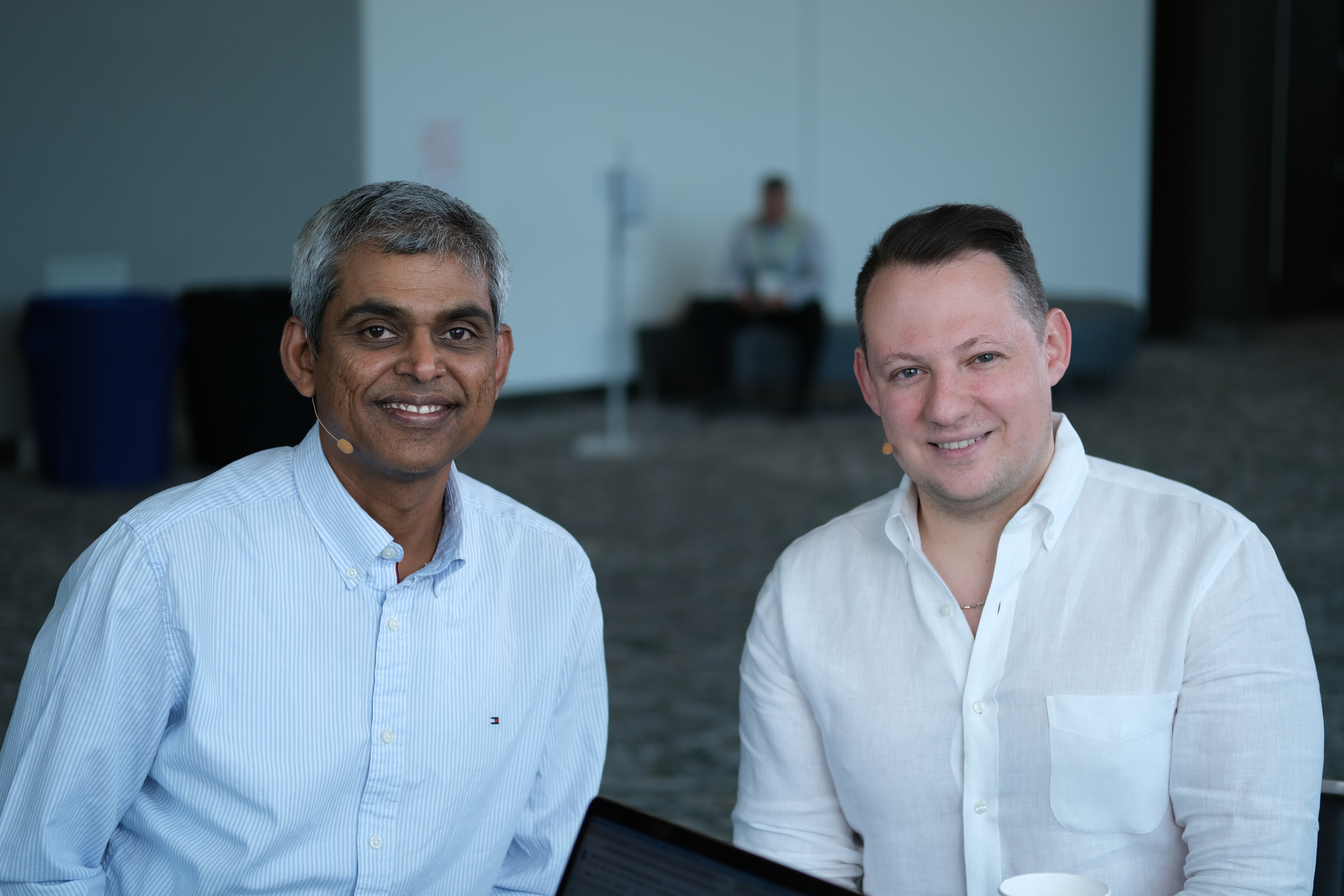 NEWS
NEWS
 NEWS
NEWS
 NEWS
NEWS
A cloud service and database platform is the starting point of development, operations and data management for today’s enterprises.
Envisioning the scaling requirements that situations like a global pandemic would bring, Forbes Media LLC had doubled down on its cloud-database combination with Google Cloud and MongoDB before the pandemic hit.
“At that point, we were very happy and really lucky to be in Google Cloud and MongoDB Atlas,” said Vadim Supitskiy (pictured, right), chief technology officer of Forbes. “So when the audiences went up [during the pandemic], we didn’t feel any impact. Our environments auto-scaled, and our users didn’t experience any issues at all. So we were able to focus on innovation, our users’ loyalty, and really building cool products.”
Supitskiy and Abdul Razack (pictured, left), vice president of solution engineering at Google LLC, spoke with theCUBE industry analyst Dave Vellante at MongoDB World, during an exclusive broadcast on theCUBE, SiliconANGLE Media’s livestreaming studio. They discussed Forbes’ preemptive digital transformation in the pandemic’s early stages. (* Disclosure below.)
The enterprise was already surfing the digital transformation wave a while before the pandemic hit. When it did hit, however, companies had to accelerate their strategies to account for surging user demand and an increasingly distributed workforce.
While Forbes scaled, it was simultaneously able to divert resources toward new, user-focused digital features.
“One of those was the first-party data platform that we built, ForbesOne,” Supitskiy explained. “And that’s at the center of everything that we do at Forbes right now. It allows us, firstly, to connect our advertising partners with the audiences that they’re looking to engage and to connect with.”
Forbes’ end goal is building a more mature, full-fledged digital content platform with moving parts that include advertisers, content, standalone products and the readers themselves. Creating the right synergy between those parts requires huge data swathes and technologies, including artificial intelligence and machine learning, to make sense of it all.
“It’s basically a combination of both, using both platforms to deploy it as we embrace cloud,” Supitskiy said. “So we used all the cloud-native technologies. We didn’t want to just lift and shift. We wanted to make sure we did it right, and we focused on automation.”
Here’s the complete video interview, part of SiliconANGLE’s and theCUBE’s coverage of the MongoDB World event:
(* Disclosure: TheCUBE is a paid media partner for the MongoDB World NYC event. Neither MongoDB Inc., the sponsor for theCUBE’s event coverage, nor other sponsors have editorial control over content on theCUBE or SiliconANGLE.)
THANK YOU